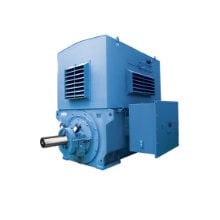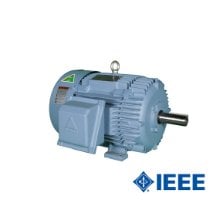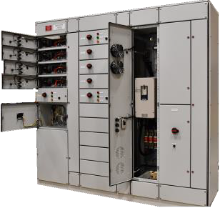Heat exchanger fouling can be accelerated by salts, sediment, catalyst fines, and asphaltene precipitation.
Over time, build-up occurs, impeding heat transfer, negatively impacting throughput, and requiring increased energy usage. Energy costs rise when fouling forces downstream process heaters to supply more energy due to heat transfer degradation in pre-heat exchangers. Increased demand on downstream fired heaters can also diminish throughput as operating temperature limits are reached, and can lead to decreased production, increased emissions, and hefty regulatory fines.






